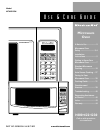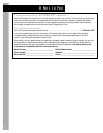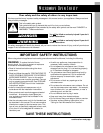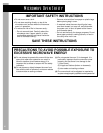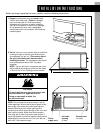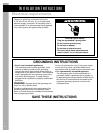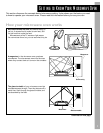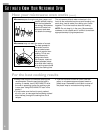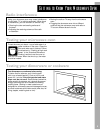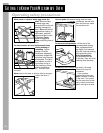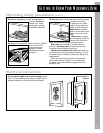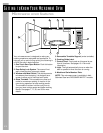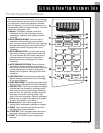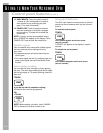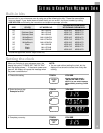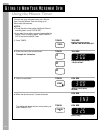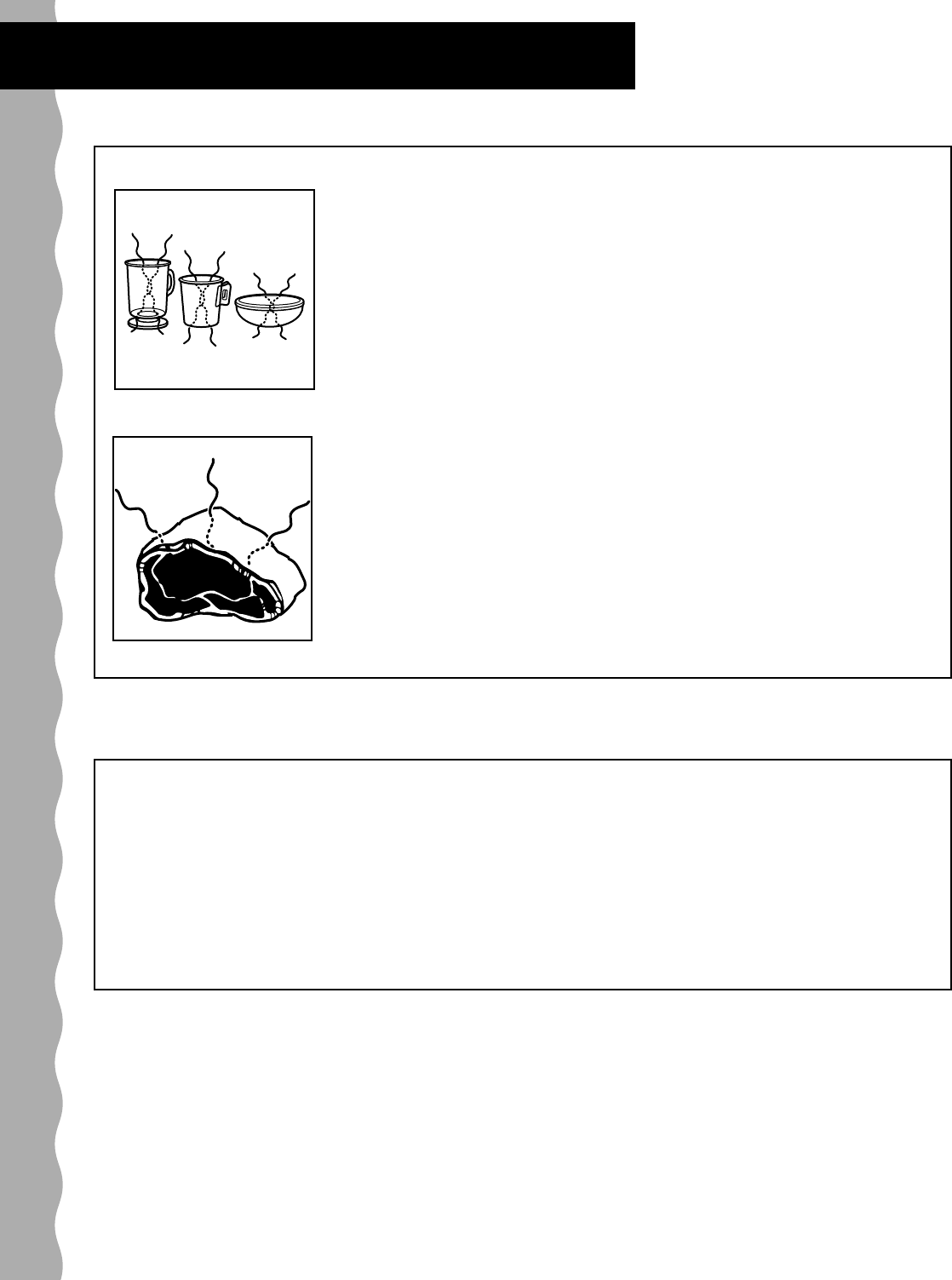
8
Getting to Know Your Microwave Oven
How your microwave oven works (cont.)
Microwaves pass through most glass, paper, and
plastics without heating
them so food absorbs
the energy. Microwaves
bounce off metal con-
tainers so food does
not absorb the energy.
For the best cooking results
• Always cook food for the shortest cooking time
recommended. Check to see how the food is
cooking. If needed, touch EASY MINUTE while
the oven is operating or after the cooking cycle
is over (see “Using EASY MINUTE” later in this
section).
• To help make sure the food is evenly cooked,
stir, turn over, or rearrange the food being cooked
about halfway through the cooking time for all
recipes.
Microwaves may not reach the center of a roast.
The heat spreads to
the center from the
outer, cooked areas
just as in regular oven
cooking. This is one
of the reasons for
letting some foods
(for example, roasts or
baked potatoes) stand
for a while after cooking,
or for stirring some foods
during the cooking time.
• If you do not have a cover for a dish, use wax
paper, or microwave-approved paper towels or
plastic wrap. Remember to turn back a corner of
the plastic wrap to vent steam during cooking.
The microwaves disturb water molecules in the
food. As the molecules bounce around bumping into
each other, heat is made, like rubbing your hands
together. This is the heat that does the cooking.
NOTE: Do not deep fry in the oven. Microwavable
cookware is not suitable and it is difficult to maintain
appropriate deep-frying temperatures.



